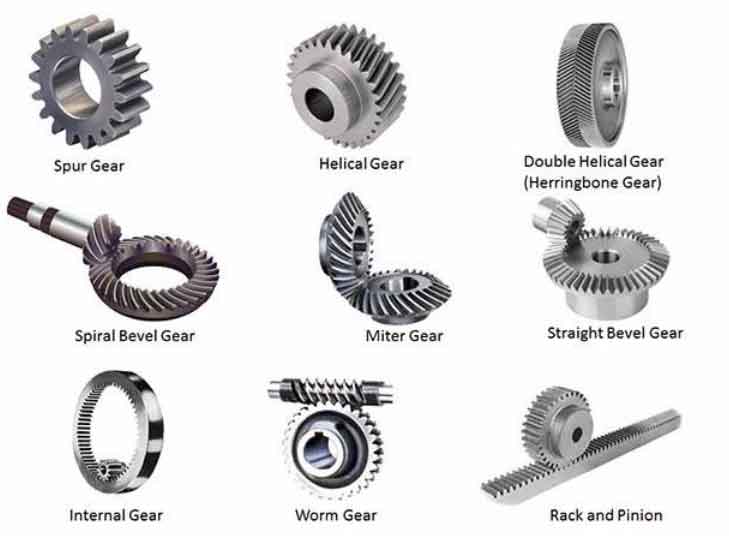Worm gears and internal gears are two types of gears used in various mechanical systems. While they both serve the purpose of transmitting rotational motion and power between shafts, they differ in terms of design, application, efficiency, and advantages. Let’s compare them in more detail:

- Design:
- Worm Gears: A worm gear consists of a threaded screw-like gear, called the worm, and a toothed gear, called the worm wheel or worm gear. The worm has helical threads that mesh with the teeth of the worm wheel. Worm gears typically have a high helix angle, resulting in a large gear ratio.
- Internal Gears: An internal gear has teeth on the inside circumference of the gear, while the external gear meshes with the internal gear. The teeth of an internal gear are usually cut in a spur gear shape.
- Applications:
- Worm Gears: Worm gears are commonly used in applications that require a high gear ratio and compact design, such as in machinery, conveyor systems, and automotive steering systems.
- Internal Gears: Internal gears are often used in situations where space constraints are a concern. They are found in applications like planetary gear systems, gear pumps, and various automotive mechanisms.
- Efficiency:
- Worm Gears: Worm gears are known to have lower efficiency compared to other gear types due to the sliding action between the worm threads and the worm wheel teeth. This sliding friction leads to energy loss and heat generation.
- Internal Gears: Internal gears generally have higher efficiency than worm gears because they rely on rolling contact between the teeth. This reduces friction and energy losses.
- Advantages:
- Worm Gears: Worm gears offer several advantages, including:
- High gear reduction ratio achievable with a single gear pair.
- Self-locking capability, which means the worm can prevent reverse rotation of the gear system.
- Compact design, making them suitable for space-limited applications.
- Internal Gears: Internal gears provide the following advantages:
- Greater contact ratio, which results in smoother and quieter operation.
- Higher efficiency compared to worm gears.
- Improved load distribution among gear teeth due to the meshing arrangement.
- Worm Gears: Worm gears offer several advantages, including:
Worm gears and internal gears have distinct characteristics and applications. Worm gears excel in high gear reduction and self-locking capabilities, whereas internal gears offer better efficiency and smoother operation. Choosing the appropriate gear type depends on the specific requirements of the system, including space limitations, gear ratio, efficiency, and the desired mechanical properties.
